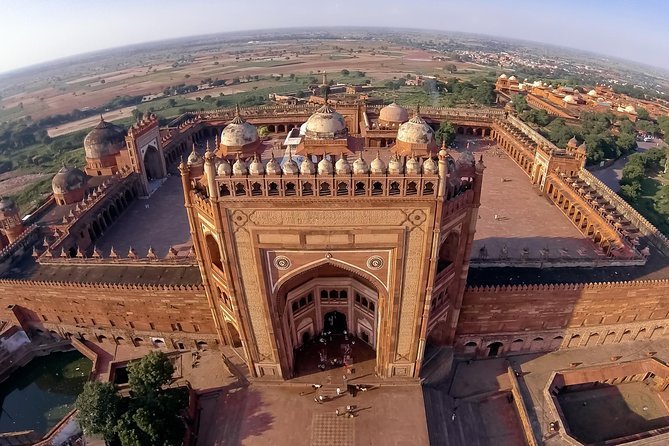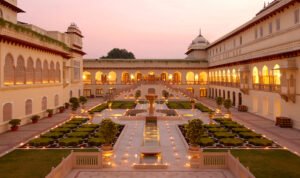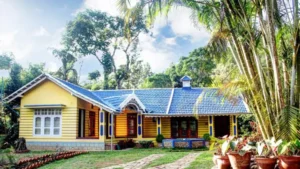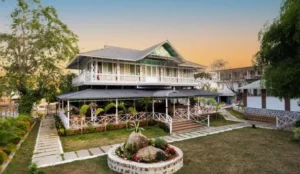Imagine a city built entirely out of red sandstone, glowing like a flame against the desert sky — a city that rose from an emperor’s dream, only to be abandoned in its prime.
Welcome to Fatehpur Sikri, the “City of Victory,” founded by the Mughal emperor Akbar in the late 16th century.
More than just a capital, Fatehpur Sikri was Akbar’s bold vision of a perfect city — a place where cultures, religions, and ideas merged into a vibrant tapestry. Every palace, mosque, courtyard, and gateway was crafted with deep symbolism and stunning artistry, telling stories of ambition, innovation, and spiritual longing.
As you walk through the grand Buland Darwaza — the 54-meter-high gateway that soars into the heavens — you feel dwarfed by history. Beyond it lies a hauntingly beautiful ghost city:



At the heart of Fatehpur Sikri stands the Jama Masjid and the revered Tomb of Salim Chishti, where pilgrims still come to tie threads and whisper wishes into the marble latticework.
But despite its grandeur, Fatehpur Sikri was mysteriously abandoned just a few decades after it rose, likely due to water scarcity.
Today, its silent courtyards, echoing halls, and empty streets speak not of defeat, but of an emperor’s dream — bold, beautiful, and timeless.
Fatehpur Sikri isn’t just a UNESCO World Heritage Site — it’s a living poem in stone, a city where the echoes of Akbar’s vision still linger in the desert winds.









